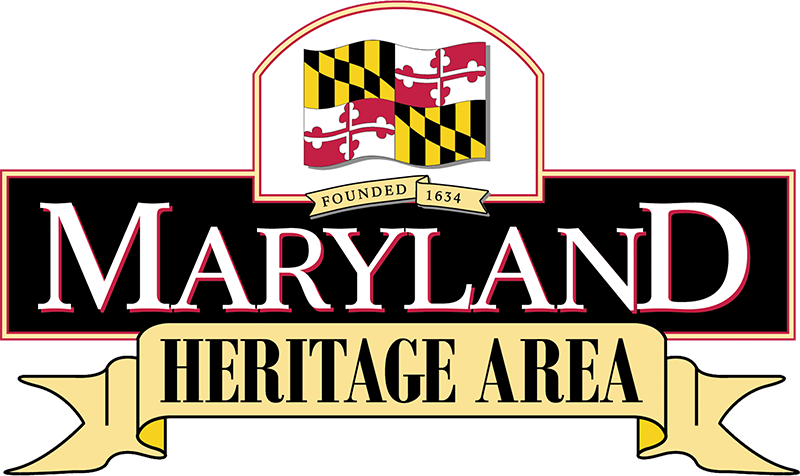Former home of Angela Kirkham Davis who chronicled her experiences as a Union sympathizer. The house also served as a hospital after the Battles of Antietam and Funkstown.
Arcadia was occupied by soldiers from both sides during the war, and served as a hospital for Confederate soldiers after the Battle of Monocacy.
Two Confederate soldiers killed during “Corbit’s Charge” are buried in the cemetery of this church.
After visiting the Antietam battlefield and a wounded Union general in Frederick, President Abraham Lincoln gave a brief speech here on October 4th, 1862, before boarding a train to Washington.
This reconstructed house marks the residence of Barbara Fritchie, the heroine of John Greenleaf Whittier’s 1863 poem.
The Carroll County Courthouse served as a meeting place for Union sympathizers as tensions ran high during the war.
The fields around this former almshouse served as a staging point during the Battle of Gettysburg.
General Bradley T. Johnson made his headquarters here during his raid on New Windsor in July, 1864.
The hotel served as a hospital complex after the Battle of Antietam.
Confederate General Stonewall Jackson attended services here on September 7, 1862, during the Confederates’ first foray into Maryland that would end at the Battle of Antietam.
Ferry Hill was the boyhood home of Confederate officer Henry Kyd Douglas, and the property was occupied by both armies at different times during the Civil War.
The Gettysburg Railroad Station served as a field hospital following the Battle of Gettysburg, and President Lincoln later passed through it to give the Gettysburg Address.
The Goose Creek Meeting began the area’s first school for black children, just after the Civil War.
This area was home to Virginia’s largest settlement of Quakers, vocal abolitionists during the war.
This former barracks and prison served throughout the war as a hospital for the North and the South.
Hitt Bridge is one of three stone arch bridges significant in the Battle of Antietam.
The Boonsboro Odd Fellows Hall was used as a hospital following the battles of South Mountain and Antietam in 1862, and after the Battle of Funkstown in 1863.
Jennie (or Ginnie) Wade was shot and killed in this house during the Battle of Gettysburg. She was the only civilian casualty of the battle.
The John Brooke Boyle House, also called “Rosser’s Choice,” is the site where Confederate Colonel Thomas Lafayette Rosser spent a night while leading his cavalry regiment through Westminster in September 1862.
John Brown rented a room in this house while preparing for his raid on Harpers Ferry.



